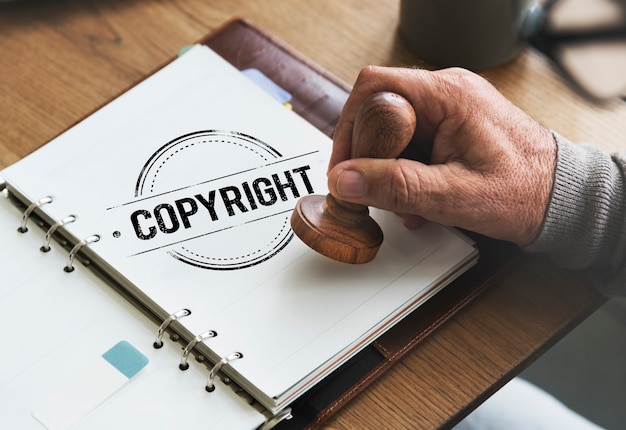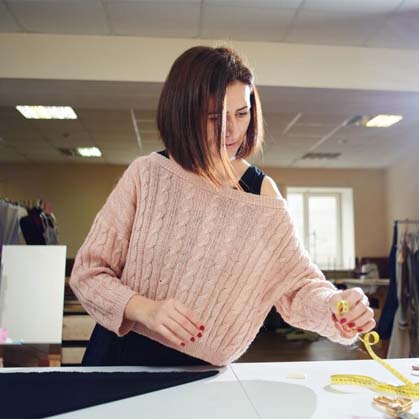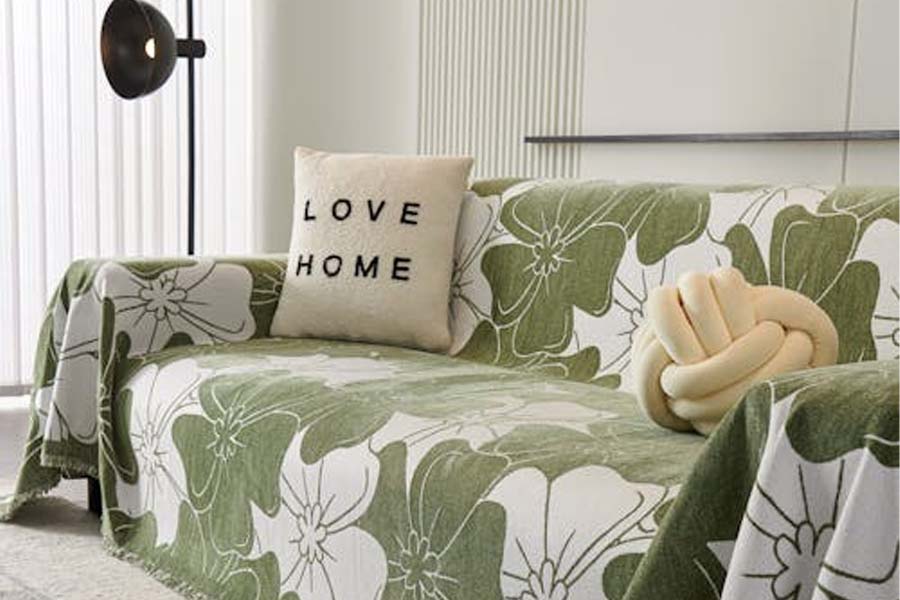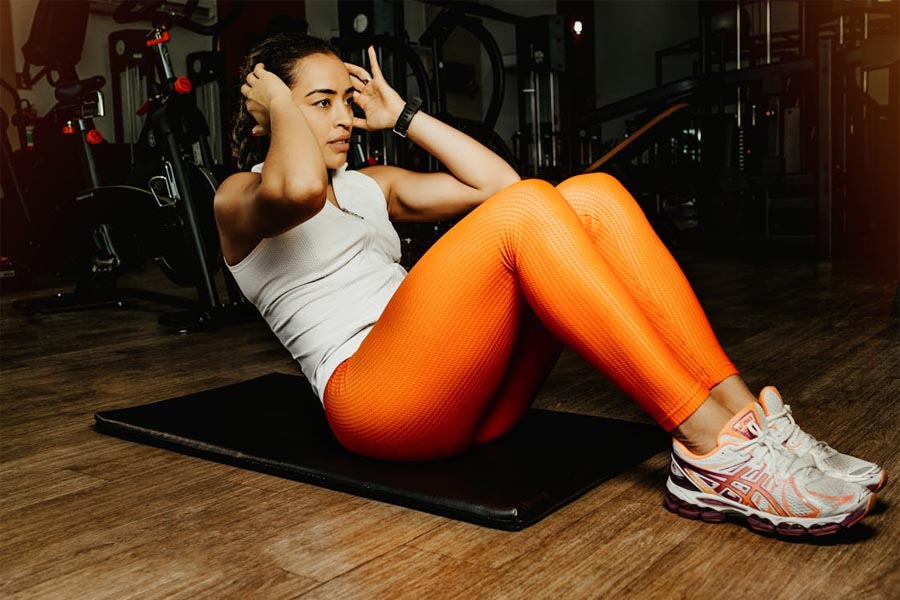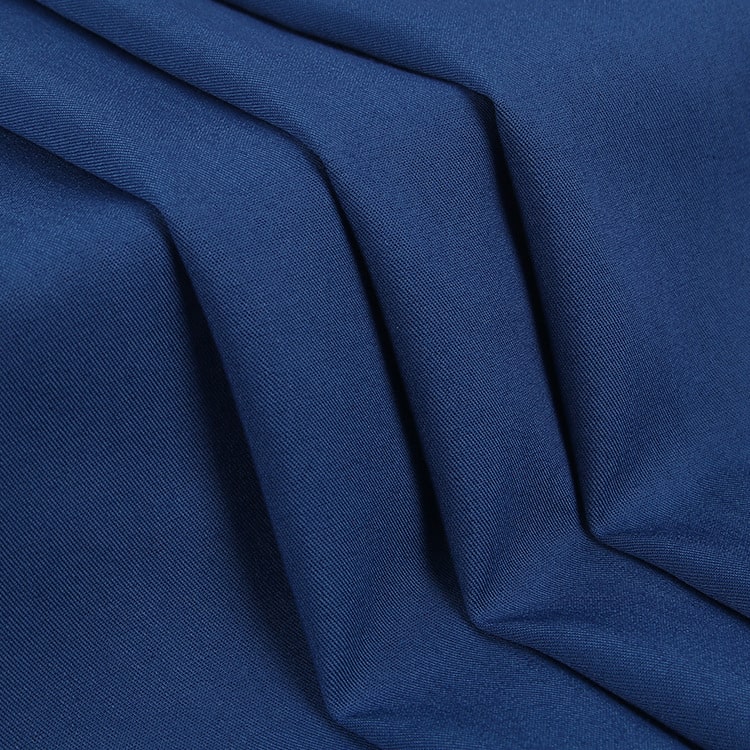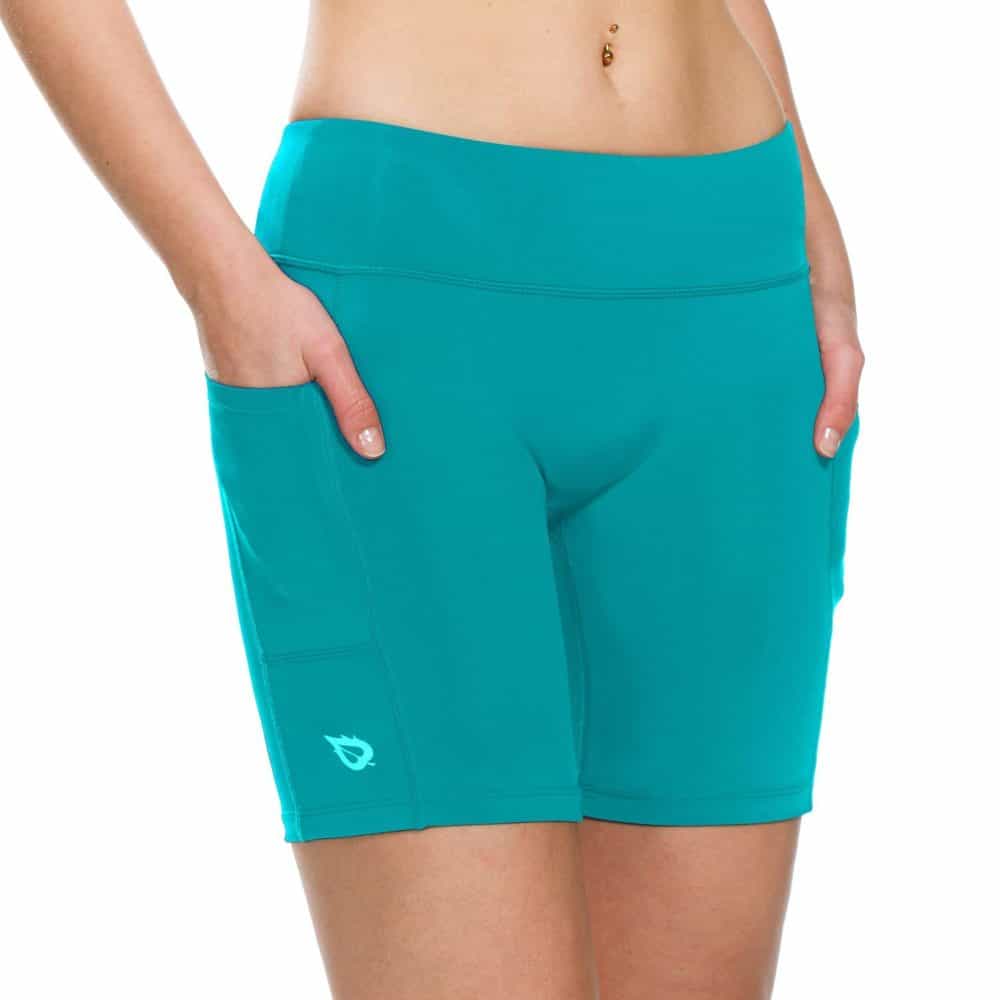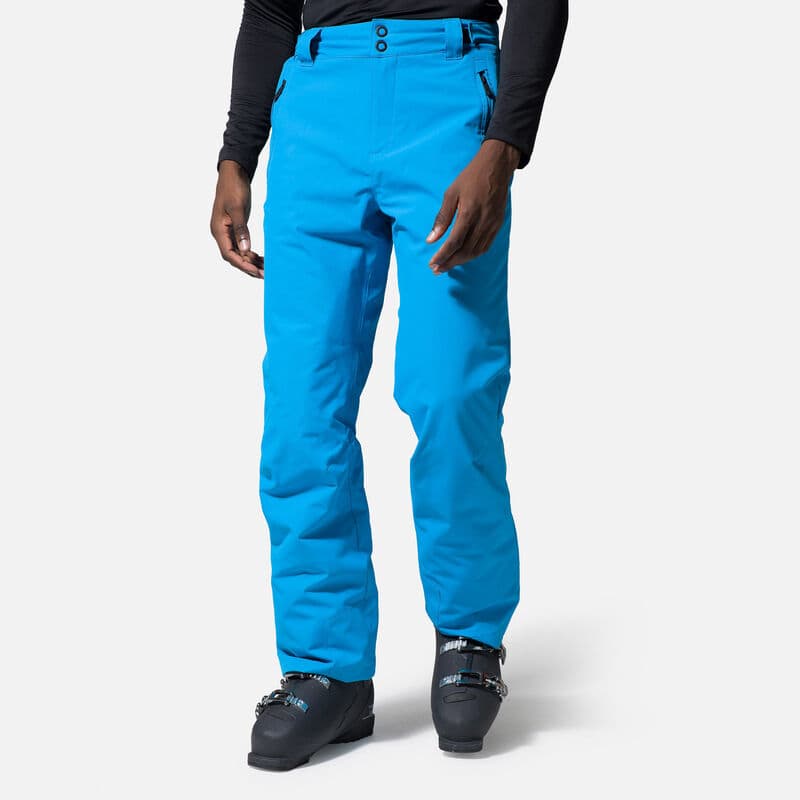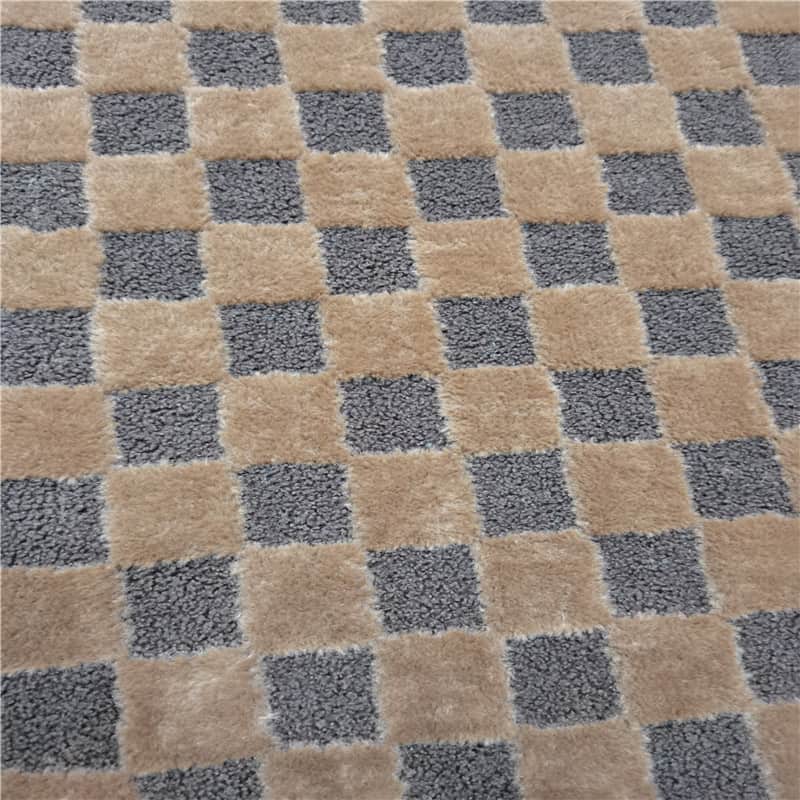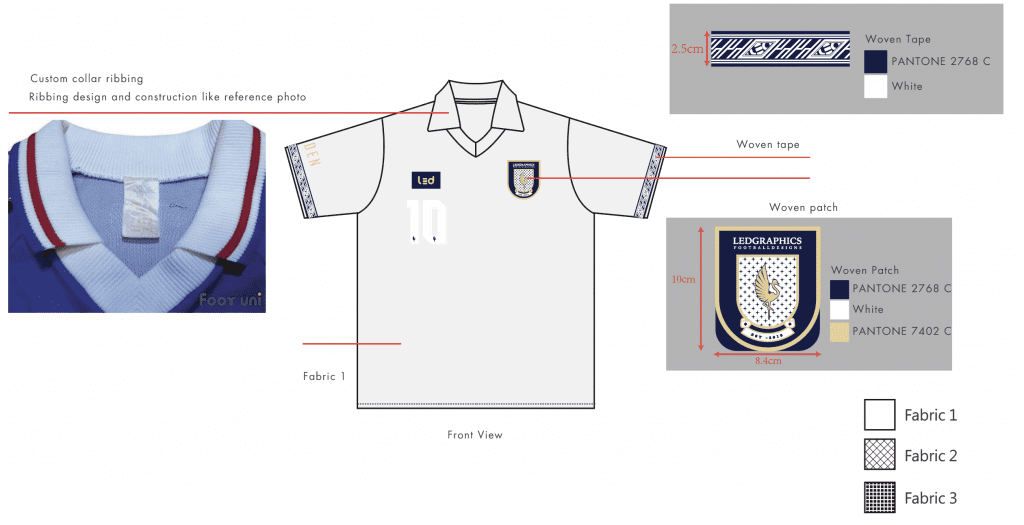
What are tech packs?
A common misconception among many people who are new to the industry is that they may think that making a piece of clothing is simple.
However, there are different ways to make a garment which is why there are varying qualities, details, and prices of the same type of clothing offered by brands.
When it comes to making clothing, there are technical complexities that may cause challenges for both the brand owner and their clothing manufacturer if instructions are unclear.
Brands must start creating their collections on the right foot, which can be either by working with professionals or learning how to create your tech packs.
A tech pack (short for technical pack) is like a blueprint that contains all the technical specifications to make your clothing design.
It’s a document for both designers and clothing production teams when developing and manufacturing a design, as it serves as the central point of reference and helps communicate every detail of the design.
Why are tech packs important?
Many brand owners or designers try to skip this process, thinking that it’s an unnecessary expense or a waste of time.
However, providing photos or sketches and expecting the manufacturer to be able to guess what they want is a recipe for disaster as they may not be happy with their samples.
Avoid Expenses Mistakes & Reduce Sample Costs
Tech packs are important as they help to ensure both the designer and clothing manufacturer are on the same page and are clear about what to do.
A detailed tech pack helps to reduce errors and guesswork, which will minimize the number of sample iterations, which translates to cost and time saved.
For this reason, clothing manufacturers do not take on orders unless a detailed tech pack is provided.
Improve communication
Getting a design to market usually requires several rounds of sampling iterations. All changes throughout the process will also be updated on the tech pack, reducing any miscommunication gaps and ensuring everyone is on the same page.
Provide accurate and timely quotes
A detailed tech pack with materials included will allow the clothing manufacturer to provide cost estimates quicker without having to go back and forth to confirm details.
The details provided will make it easier to estimate the fabric, trims, and other materials costs and time required to make the design.
It also serves as a guide for them to recommend and advise on how to make the design better and what is feasible.
Improved quality
Providing detailed garment measurements will help to improve the quality and fit of the 1st prototype sample and reduce costly resample charges and help you get to market faster.
It will also be used for quality assessment during the sampling and production process.
Time saved for future collections
When starting a new collection or a reorder, a tech pack can be modified with slight changes to the details and reused for the clothing manufacturer to start on the order.
What should a fashion tech pack include?
Detailed tech packs should consist of the following:
- Accurate design sketches
- Annotations or construction details
- Colourways
- Artworks, artwork dimensions and placement of the artwork
- Bill of materials (BOM)
- Garment measurements
- Fabric reference images
- Packaging and labelling instructions
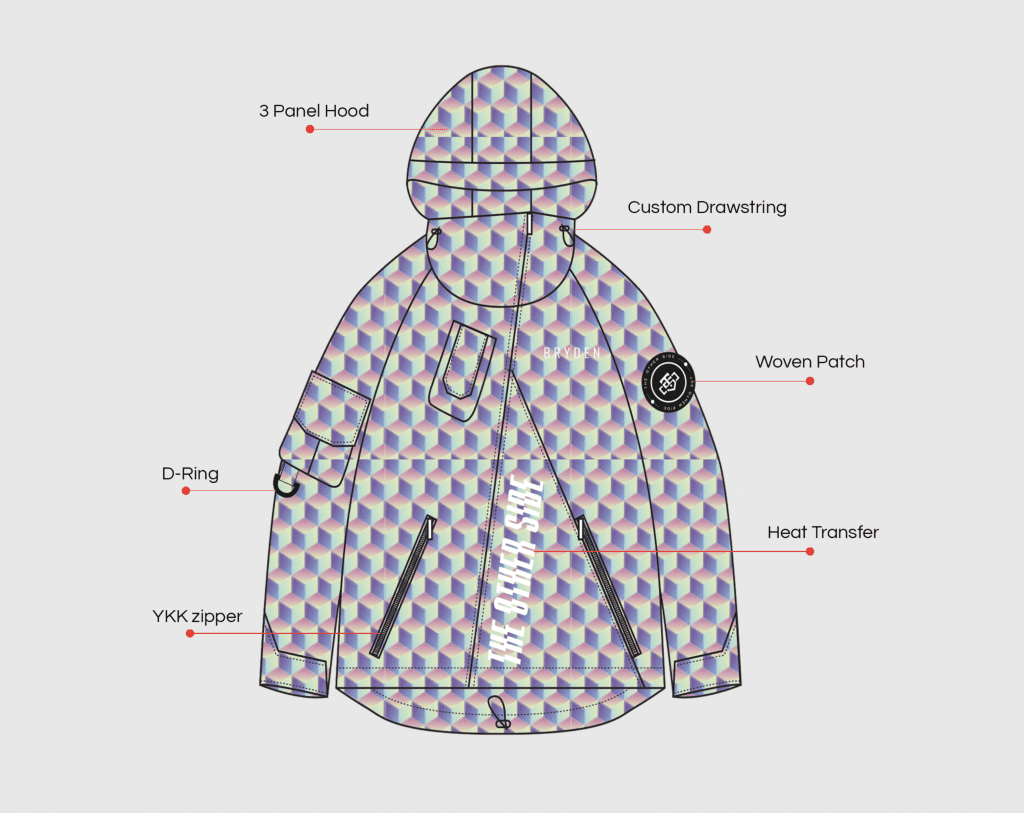
Design Sketches
Design sketches or fashion flats should showcase every design detail, including stitching, artwork, and the type of trim used.
Flat drawings should be at different angles (front, back, side, or even the inside) to allow visualization of how the actual design should look.
The more detailed the sketches, the easier it is to understand the vision of the design and reduce the need to explain the design in words.
Being detailed in your sketches will help to make the first sample as close as possible to the design drawing.
For this reason, a fashion illustration will not be very useful in a tech pack as it won’t show details like seams and stitching.
Tech packs should also include reference images of construction details to give more clarity to how a certain detail should look.
Bill Of Materials (BOM)
A bill of materials is a list of all the materials and components used to produce the design.
Fabrics, notions, and other components make up the majority of the cost of making a garment and will also affect the quality.
With clarity of the materials, the sourcing and samples will turn out to be close to what you envisioned for your design.
Images of the types of fabrics, notions, and trims will aid your clothing manufacturer in understanding what you are looking for.
It will make the sourcing process more efficient, and we can use this information to suggest better options or alternatives.
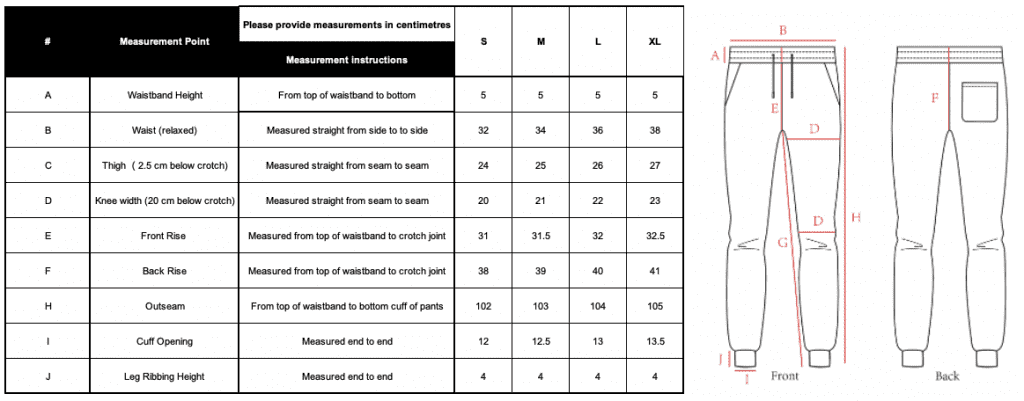
Garment Measurement Specs
Garment measurement specs are an important part of the tech packs.
They are important as they will be used to make the patterns.
Garment measurements detail the measurements of different parts of a design.
A bad fit requires additional sampling, wasting both time and money.
Unfortunately, there are no standard one-size-fits-all measurements for clothing, as different brands and demographics require different measurements.
Size charts using body measurements are not helpful as they do not provide information on how a garment should look for the pattern maker.
The typical measurement points to include are:
- Garment Length
- Outseam Length for bottoms
- Shoulders width
- Chest/Bust Width
- Waist Width
- Hip Width
- Front Rise & back Rise (For bottoms)
- Armhole Width
- Sleeve length
- Sleeve Opening
- Collar Width
If your designs are more complex, it will be useful to provide neck drops, pocket measurements, etc.
Conclusion
Creating a garment without a tech pack is like constructing a house without a blueprint.
You wouldn’t build a house without a blueprint, so why take the risk of launching a clothing brand without one?
I hope that with what I shared in this post, you can understand the importance of a fashion tech pack and the benefits of creating them for your collection.
If you require any assistance in creating your tech packs, you can reach out to us!


